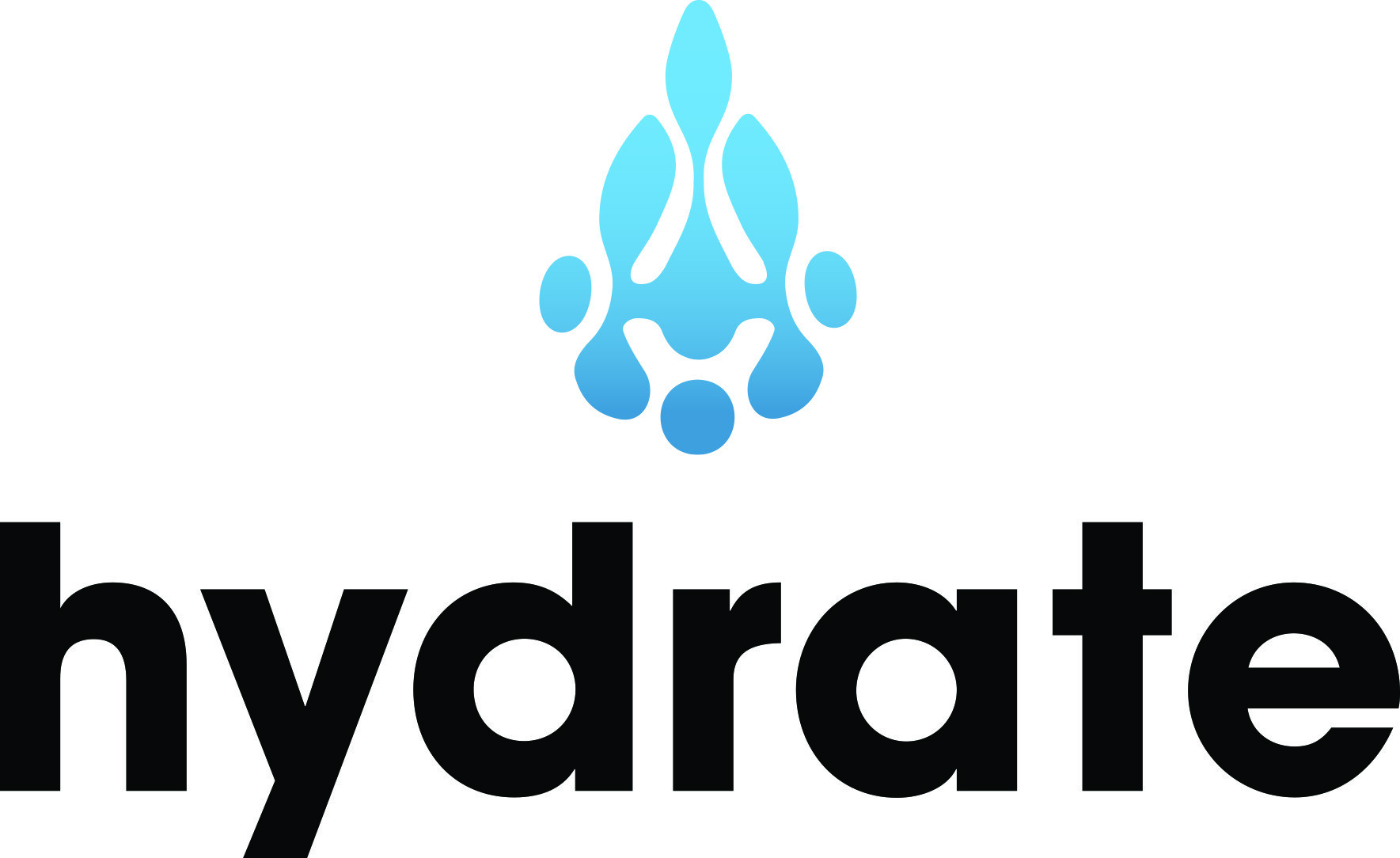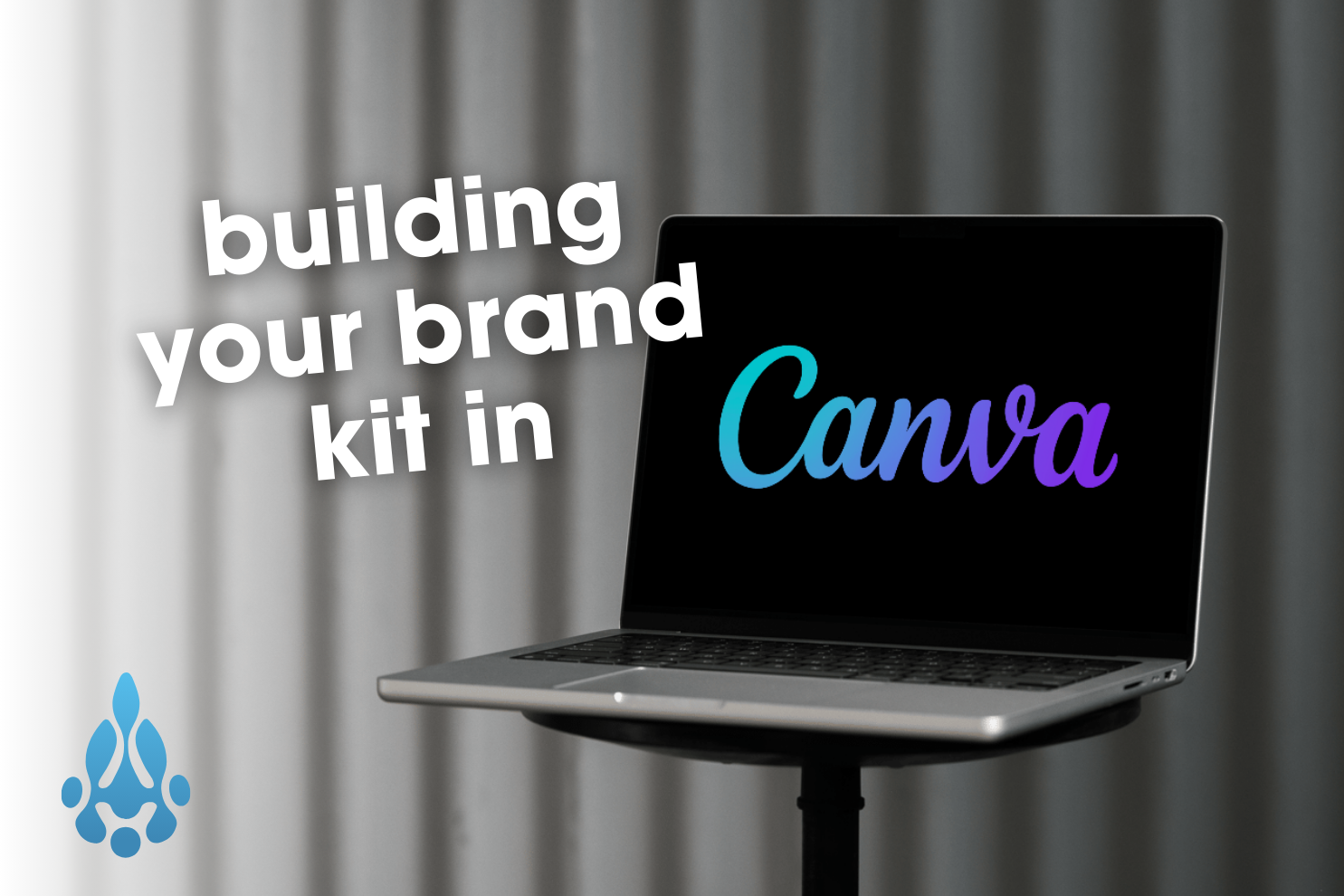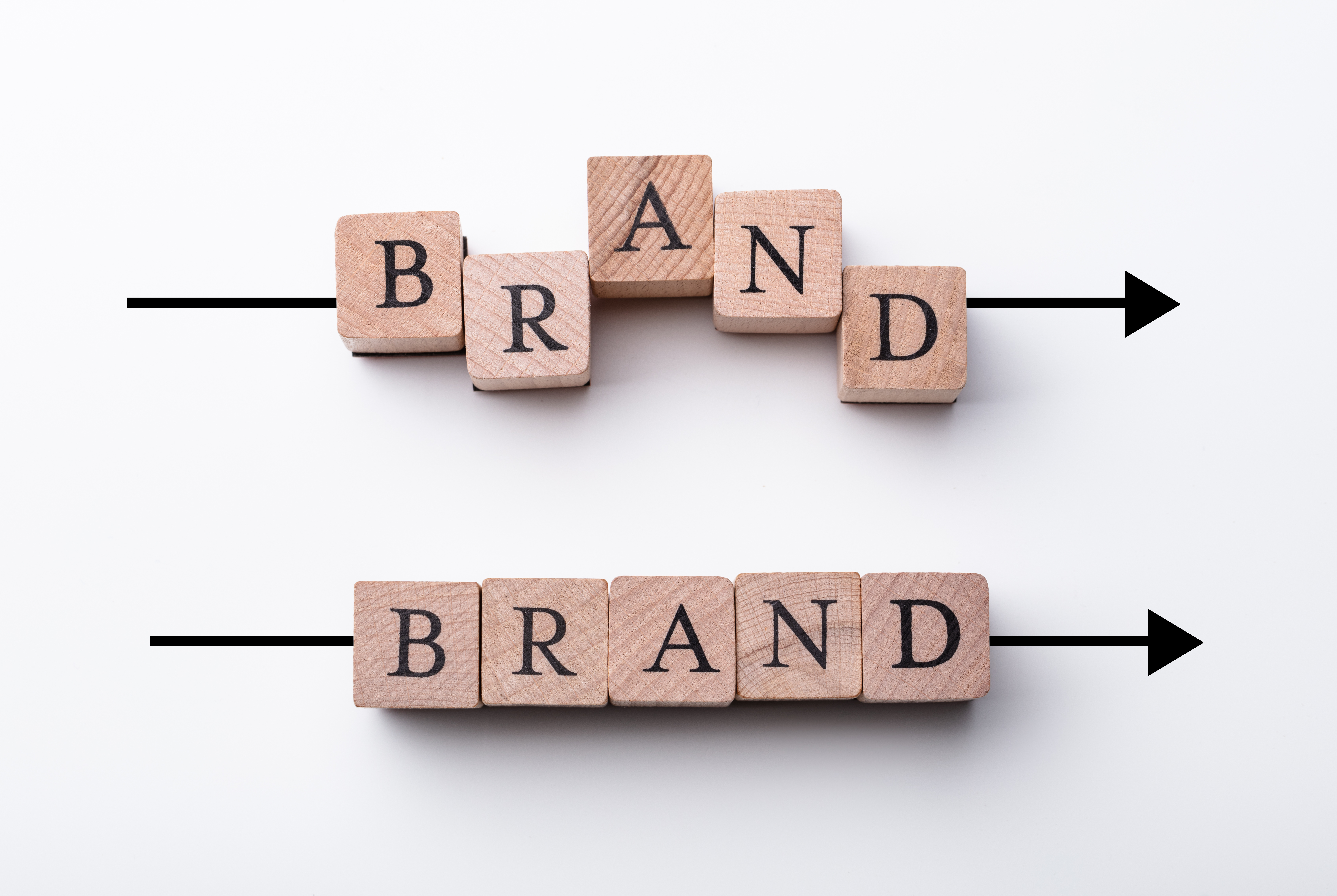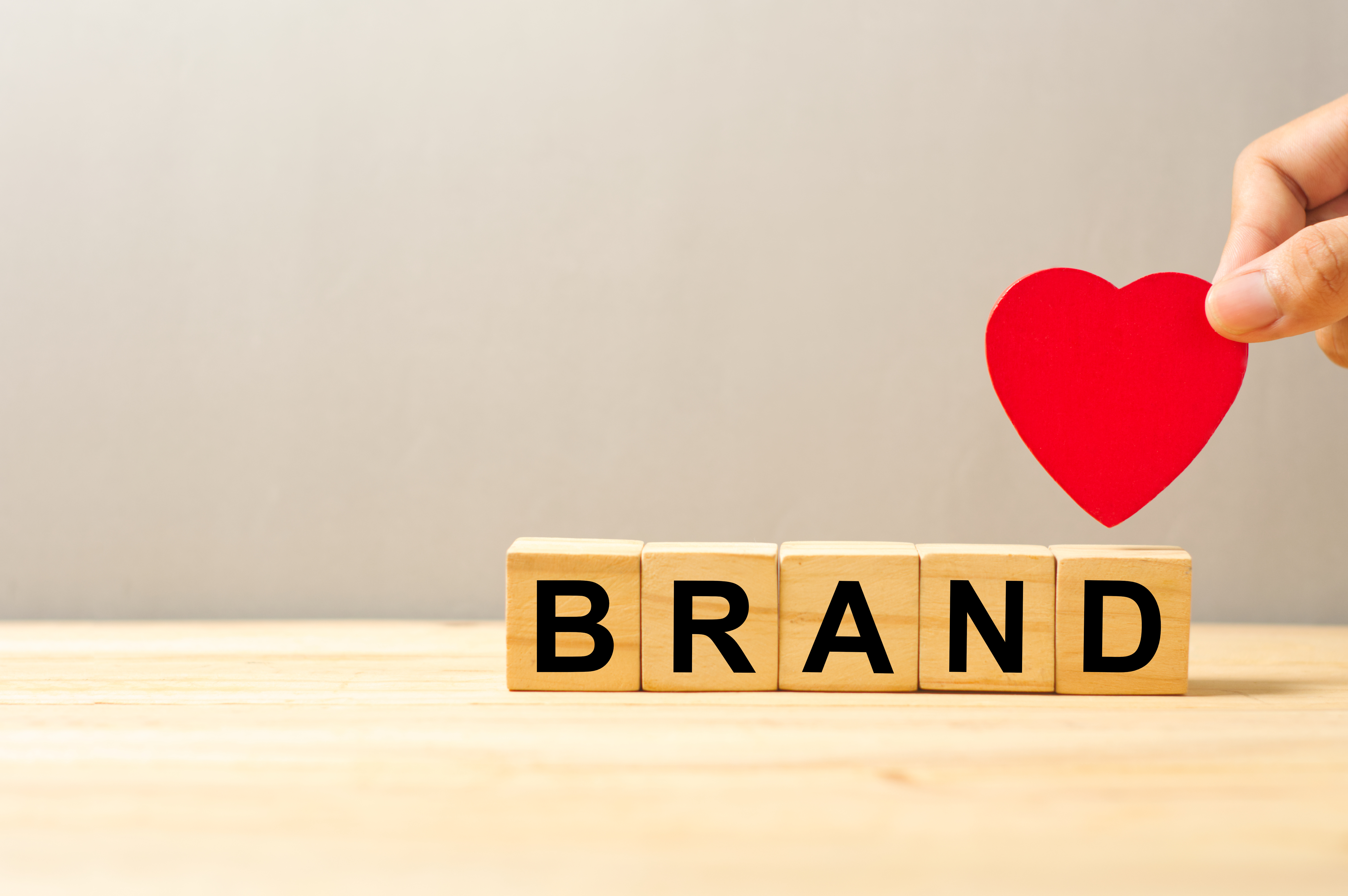Canva can be a great tool for creating quick and repeatable designs for your business or organization. One feature we love is the “Brand Kit.” It allows you to easily access all your brand assets for effortless visual consistency across various applications. Keep reading to learn how to set yours up!
If you’ve been considering a rebrand for your company, the first question to ask yourself is, “Why?” For these efforts to be successful and worthwhile, you must have a good reason to begin and a strategy that guides you throughout the process. There’s no need to change simply for the sake of changing.
Is it time to revisit your brand? There are a lot of reasons why companies endeavor to do this, including new leadership, evolving product and service offerings, changing consumer expectations, the competitive landscape, unclear positioning, and lack of internal/external focus and clarity. Because branding often encompasses more than just your visual identity, a great way to begin the process is with a brand discovery and alignment project.
Recently, I Googled, “What is a brand.” I do this periodically to see the opinions on branding that are floating around the Internet at any given time. This answer popped up: “A brand is an intangible marketing or business concept that helps people identify a company, product, or individual. People often confuse brands with things like logos, slogans, or other recognizable marks, which are marketing tools that help promote goods and services.” We can thank the smart folks at Investopedia for that pithy definition.
These days, most markets are absolutely saturated with options. This makes it difficult for brands to stand out from their competitors, and for consumers to make the right decision about which products and services are best suited for their needs. One action you can take to solidify your company’s place in the minds of your target audience is to create a brand positioning statement that describes exactly what it is that makes you different.
You might have heard marketing professionals talk about brand persona and how important it is to successful marketing – about aligning your persona with your mission and leveraging your brand differentiation. While you may be familiar with brand personas if you’re steeped in the inbound marketing process, those who aren’t may not be. Let’s take a minute to break this jargon down so we’re all on the same page.












